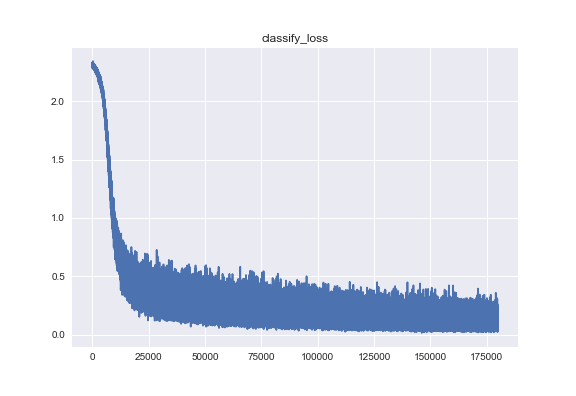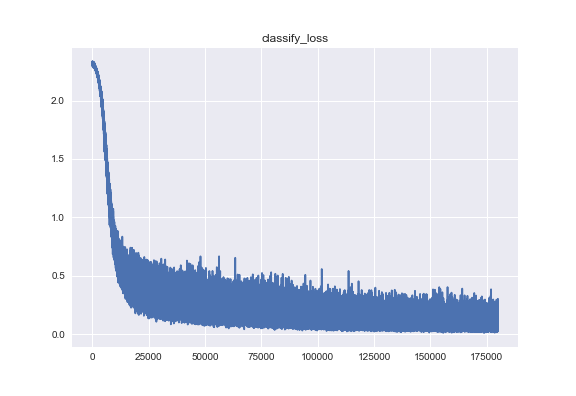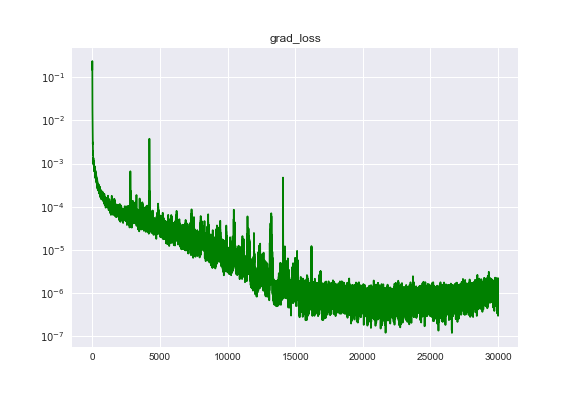andrewliao11 / Dni.pytorch
Programming Languages
Projects that are alternatives of or similar to Dni.pytorch
disclaimer: this code is modified from pytorch-tutorial
Image classification with synthetic gradient in Pytorch
I implement the Decoupled Neural Interfaces using Synthetic Gradients in pytorch. The paper uses synthetic gradient to decouple the layers among the network, which is pretty interesting since we won't suffer from update lock anymore. I test my model in mnist and almost the same performance, compared to the model updated with backpropagation.
Requirement
- pytorch
- python 3.5
- torchvision
- seaborn (optional)
- matplotlib (optional)
TODO
- use multi-threading on gpu to analyze the speed
What's synthetic gradients?
We ofter optimize NN by backpropogation, which is usually implemented in some well-known framework. However, is there another way for the layers in NN to communicate with other layers? Here comes the synthetic gradients! It gives us a way to allow neural networks to communicate, to learn to send messages between themselves, in a decoupled, scalable manner paving the way for multiple neural networks to communicate with each other or improving the long term temporal dependency of recurrent networks.
The neuron in each layer will automatically produces an error signal(δa_head) from synthetic-layers and do the optimzation. And how did the error signal generated? Actually, the network still does the backpropogation. While the error signal(δa) from the objective function is not used to optimize the neuron in the network, it is used to optimize the error signal(δa_head) produced by the synthetic-layer. The following is the illustration from the paper:

Result
Feed-Forward Network
Achieve accuracy=96% (compared to the original model, which with accuracy=97%)
| classify loss | gradient loss(log level) |
|---|---|
 |
 |
| cDNI classify loss | cDNI gradient loss(log level) |
|---|---|
 |
 |
Convolutional Neural Network
Achieve accuracy=96%, (compared to the original model, which with accuracy=98%)
| classify loss | gradient loss(log level) |
|---|---|
 |
 |
Usage
Right now I just implement the FCN, CNN versions, which are set as the default network structure.
Run network with synthetic gradient:
python main.py --model_type mlp
or
python main.py --model_type cnn
Run network with conditioned synthetic gradient:
python main.py --model_type mlp --conditioned True
Run vanilla network, from pytorch-tutorial
python mlp.py
or
python cnn.py
Reference
- Deepmind's post on Decoupled Neural Interfaces Using Synthetic Gradients
- Decoupled Neural Interfaces using Synthetic Gradients
- Understanding Synthetic Gradients and Decoupled Neural Interfaces
